LCA & EPD EXPLAINED
Just starting on your LCA & EPD journey?
Here’s an explanation of elements involved in the process.
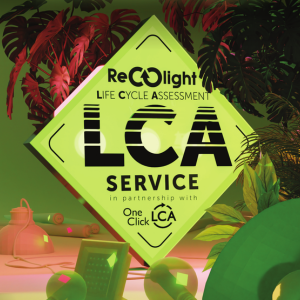
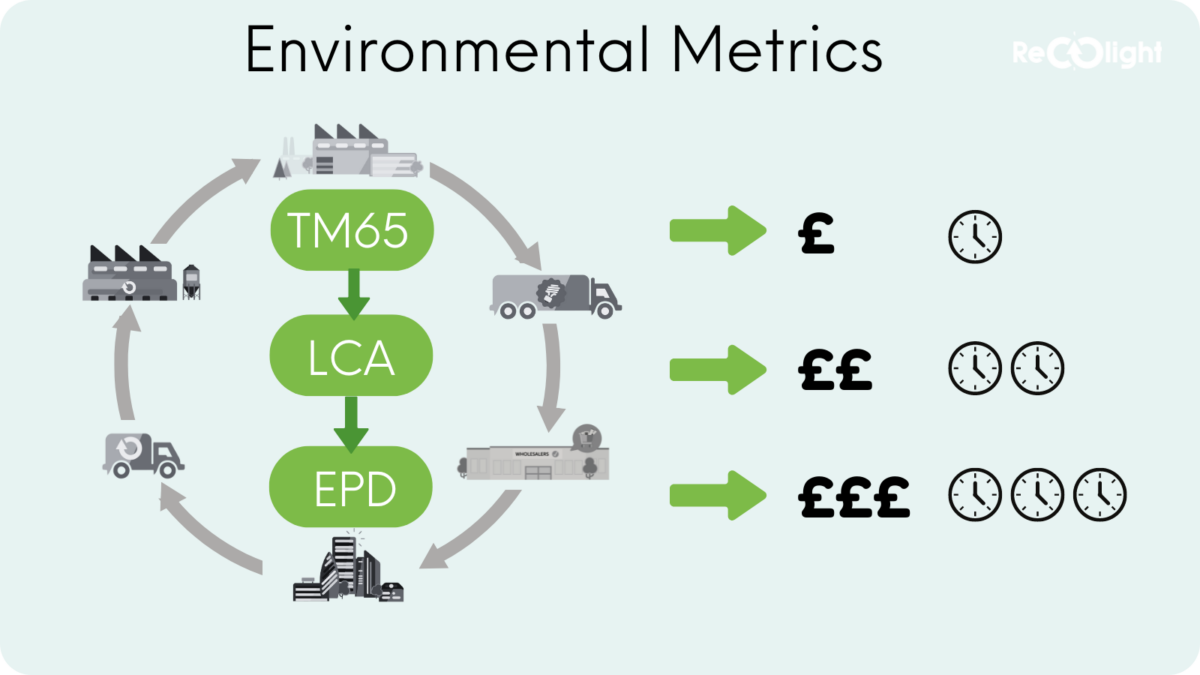
LCA | Life-cycle assessment
Life Cycle Assessment is a methodology for assessing environmental impacts associated with all the stages of the life cycle of a commercial product, process, or service.
Environmental impacts are assessed from raw material extraction and processing (cradle), through the product’s manufacture, distribution and use, to the recycling or final disposal (grave).
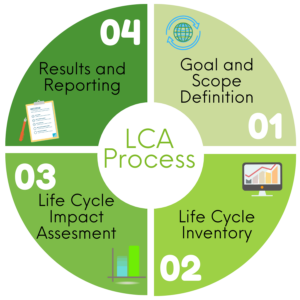
The LCA follows a systematic approach that involves four main components:
- Defining a goal and scope of the analysis
Establishes the purpose, system boundaries, functional unit, and key assumptions of the study. - Inventory analysis
This is the data collection step, during which all inputs and outputs of a process are considered. These often include materials, energy, water and auxiliaries needed throughout the whole life cycle. - Life Cycle Impact Assessment
Life Cycle Impact Assessment (LCIA) involves the evaluation of the potential environmental impacts of a product system throughout its life cycle. For example, global warming potential, land use, water use and eutrophication – see below. - Results, reporting
The final stage of the LCA process, where the findings are interpreted. Here, the analysis is checked for reliability to allow for meaningful and accurate conclusions.
LCA is the assessment methodology
this can be a stand-alone study
Life Cycle Impact Assessment (LCIA)
As part of the LCA, the environmental impact assessment groups different emissions into one effect on the environment. Different emissions that cause the same impact- are converted into one unit that translates into one impact category.
For example, the impact category ‘climate change’ is expressed in kg CO₂ equivalents (kg CO₂-eq). However, other greenhouse gas (GHG) emissions also cause climate change, such as methane (CH₄).
By expressing all GHG emissions with different measuring units in kg CO₂ equivalents. An impact category makes it possible to come to a single metric for climate change.
Environmental impact categories
The environmental impact of a product or service cannot only be captured by its global warming potential (CO2 equivalents) as there are many other environmental impact categories which should be considered.
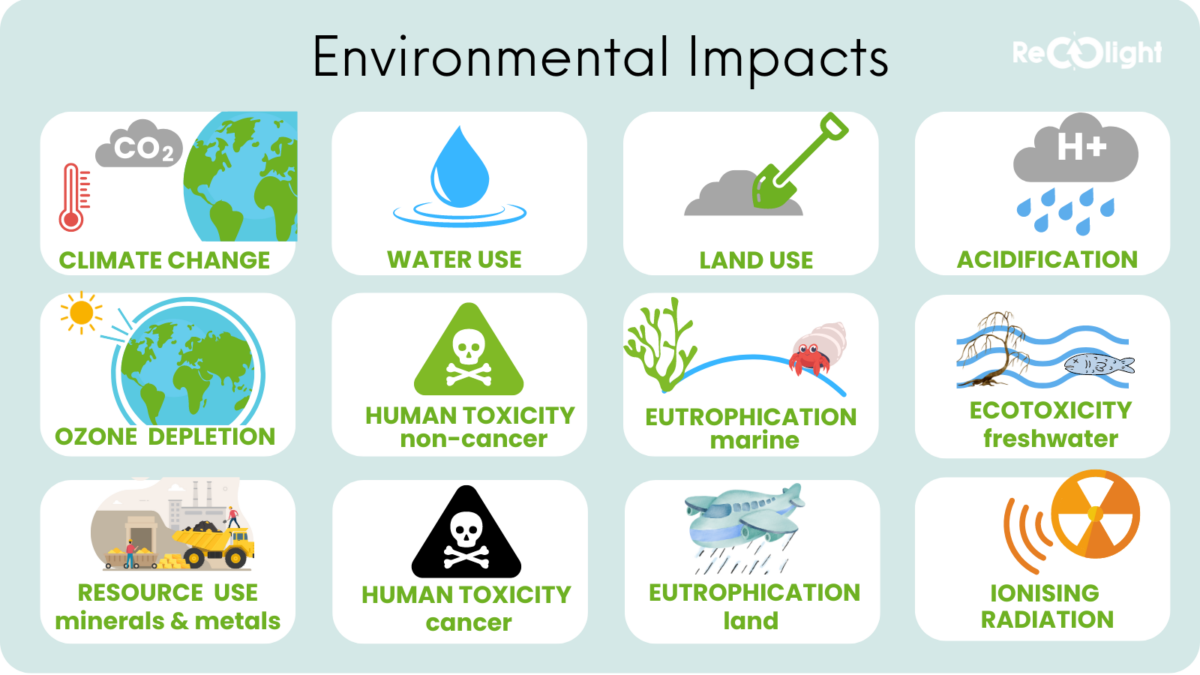
Using an LCA, a manufacturer can measure a product’s impact across all categories. An LCA also allows a company to model the implications of a potential change to a product. For example, this could be the use of an alternative component material or manufacturing process. These can often be associated with environmental tradeoffs (e.g. a design measure that decreases climate impacts but increases toxicity impacts).
This way, product designers can still choose to prioritize climate impact, while also being aware of the impact on other categories.
Each category is calculated based on all the emissions which contribute to that impact. For example, the impact category ‘Global Warming Potential’ (GWP) is expressed in kilograms of CO₂ equivalents (kg CO₂-eq). However, there are other greenhouse gases which have global warming potentials too. These are each converted into the equivalent amount of CO2 which has the same potential impact. The same calculations are conducted for each impact category.
Given that each impact category has different units, they cannot be combined as one ‘total’ impact value. Therefore, LCA results are typically reported as tables of data, although GWP always takes the limelight.
How the Environmental Impact categories are measured
- Climate change – total, fossil, biogenic, and land use | kg CO2-eq
Potential global warming due to emissions of greenhouse gases to the air.
Divided into three subcategories based on the emission source:
1 fossil resources,
2 bio-based resources, and
3 land use change. - Ozone depletion | kg CFC-11-eq
Emissions to air that causes the destruction of the stratospheric ozone layer. - Acidification | kg mol H+
Potential acidification of soils and water due to the release of gases such as nitrogen oxides and sulphur oxides. - Eutrophication – freshwater | kg PO4-eq
Enrichment of the freshwater ecosystem with nutritional elements, due to the emission of nitrogen or phosphor-containing compounds. - Eutrophication – marine | Kg N-eq
Indicator of the enrichment of the marine ecosystem with nutritional elements, due to the emission of nitrogen-containing compounds. - Eutrophication, land | mol N-eq
Indicator of the enrichment of the terrestrial ecosystem with nutritional elements, due to the emission of nitrogen-containing compounds. - Photochemical ozone formation | kg NMVOC-eq
Indicators of emissions of gases that affect the creation of photochemical ozone in the lower atmosphere catalysed by sunlight. - Depletion of abiotic resources – minerals and metals | kg Sb-eq
Indicator of the depletion of natural non-fossil resources. - Depletion of abiotic resources – fossil fuels | MJ Net calorific value
Indicator of the depletion of natural fossil fuel resources. - Human toxicity – cancer, non-cancer | CTUh
Impact on humans of toxic substances emitted to the environment. Divided into non-cancer and cancer-related toxic substances. - Eco-toxicity, freshwater CTUe
Impact on freshwater organisms of toxic substances emitted to the environment. - Water use | m3 world eq. deprived
Indicator of the relative amount of water used, based on regionalised water scarcity factors. - Land use | Dimensionless
Measure of the changes in soil quality (Biotic production, Erosion resistance, Mechanical filtration). - Ionizing radiation, human health | kBq U-235
Damage to human health and ecosystems linked to the emissions of radionuclides. - Particulate matter emissions | Disease incidence
Indicator of the potential incidence of disease due to particulate matter emissions.
Product Life Cycle
To understand truly the impacts of manufacturing a product, the entire life cycle should, ideally, be considered.
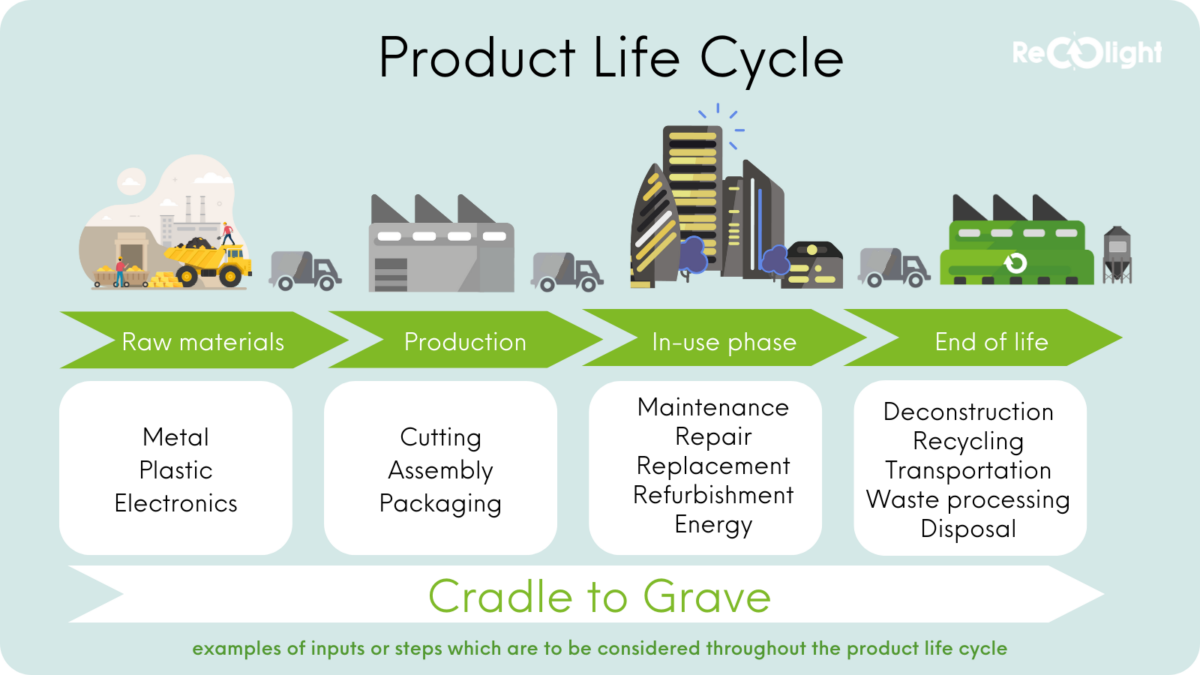
From LCA to EPD
Environmental Product Declaration
An Environmental Product Declaration (EPD) is a transparent and verified environmental declaration which contains quantitative information about a product’s lifecycle. The information declared within an EPD is calculated using the LCA methodology. Therefore, an EPD report requires an LCA study.
An EPD is defined by the International Organization for Standardization (ISO) 14025 as a Type III declaration that
“quantifies environmental information on the life cycle of a product to enable comparisons between products fulfilling the same function.”
The EPD methodology is based on the LCA tool that follows ISO series 14040.
LCA
- Assessment of total environmental impact of a product or service.
- Flexible scope of study.
- Results aren’t publicly available.
EPD
- Transparent summary of a product’s environmental impact
- Must follow PCR to be valid
- Third part verified
- Final report in public domain
The EPD consists of two key documents:
- The underlying Life Cycle Assessment report
This is a systematic and comprehensive summary of the LCA project to support the third-party verifying the EPD.
It is not part of the public communication. - Public EPD document
Documenting the LCA results and other EPD content.
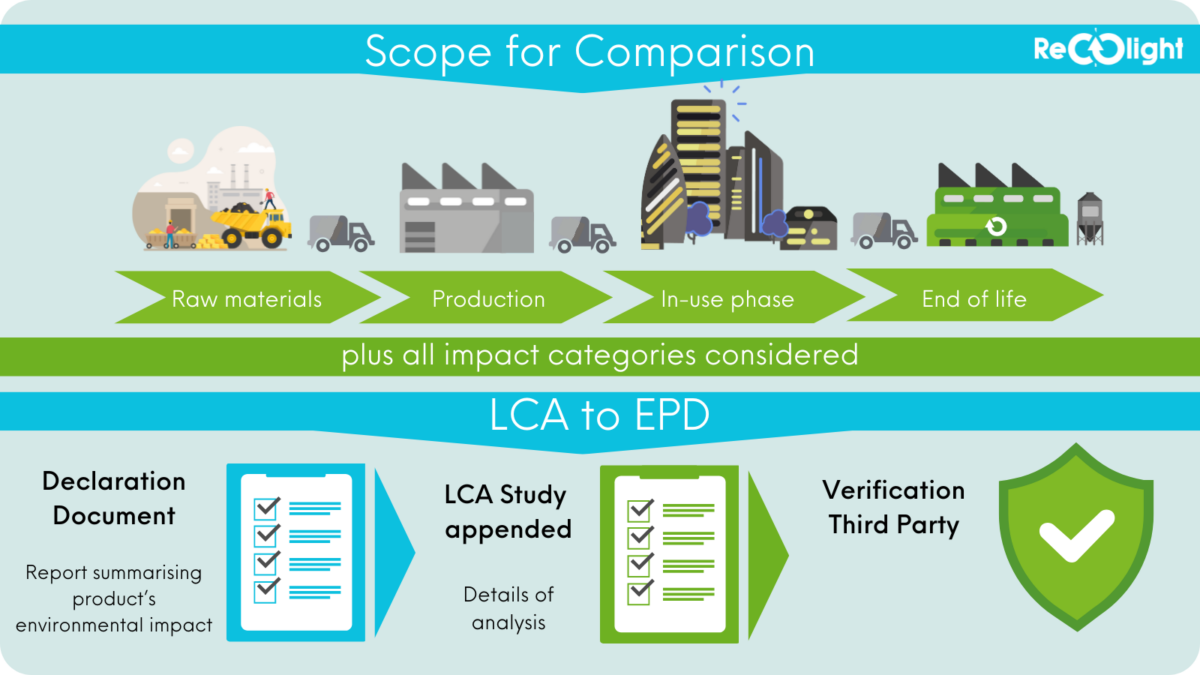
Product Category Rules
Product category rules are the requirements and guidelines required to develop an EPD for a specific type of products.
For electrical & electronic products, the PCR were developed by PEP Ecopassport® ‘Product category rules for electrical, electronic and HVAC-R Products, this is referred to as PCR-ed4-EN-2021 09 06.
Within this product category, there are product specific rules (PSR) which provide more technical guidance for specific products. PEP Ecopassport® have published a PSR for luminaires which is referred to as PSR-0014-ed2.0-EN-2023 07 13, commonly known as “PSR-0014”.
Following Product Category Rules allows for EPDs of multiple products which serve the same function to be better compared for their environmental metrics.
Following Product Category Rules allows for EPDs of multiple products
which serve the same function to be better compared for their environmental metrics.

